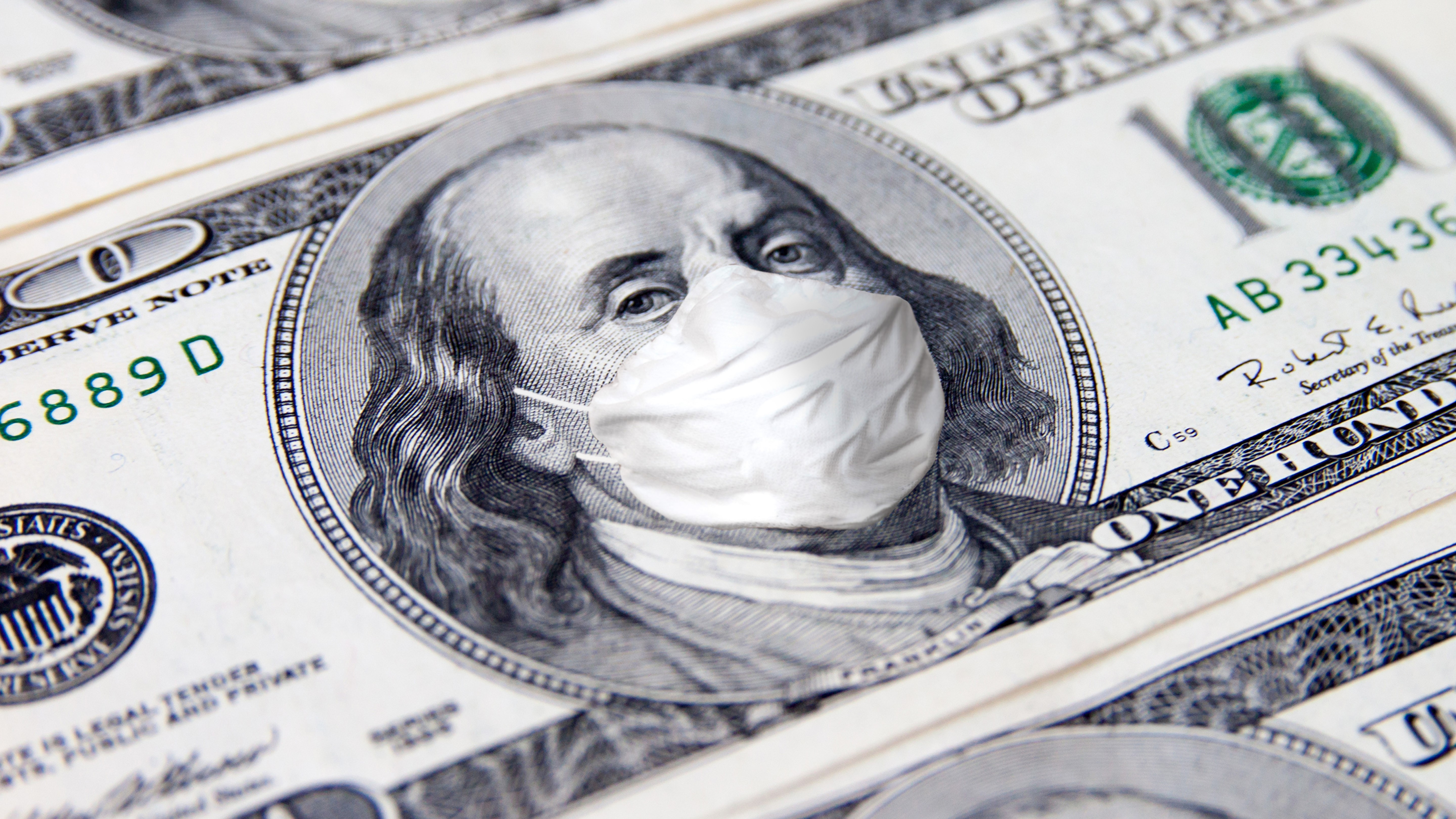Stimulus check 2 has finally been signed off by Congress and could start landing in the bank accounts of Americans as early as next week. Following months of fraught negotiations, policymakers have reached an agreement over a new $900 billion economic relief package to help further counter the impact of the coronavirus pandemic. However, some notable differences are apparent between stimulus check 2 and the first wave of Economic Impact Payments that were seen in spring, including the amount that is being sent, which at $600 per person is half of the original check.
In mitigation, until a few days ago, there had been no guarantees that a second round of stimulus checks were even going to make it into the bill. But at the final hour, stimulus check 2 has been confirmed, and is a move that will be welcomed by households all over the US, but particularly among those who’ve lost jobs or seen their income hit as COVID-19 has taken hold.
Almost six in ten Americans recently revealed a deterioration in their finances because of the health crisis, affecting their ability to keep up with payments on mortgages, credit cards, and personal loans. At the same time, four in ten of those affected told TransUnion that a stimulus check 2 was what they were relying on to help them pay the bills going forward. Thankfully, a second round of direct payments has now been given the green light, but what can Americans expect this time around?
How much is stimulus check 2 worth?
The major difference with stimulus check 2 is that the maximum an individual will receive is $600, compared with the $1,200 that was available in the first wave of stimulus payments. As before, however, the income thresholds to qualify for full payment remain at a maximum of $75,000 for individuals, and $150,000 for married couples, who could receive $1,200 in total.
The amount people are paid will once again be reduced by $5 for every $100 of income earned above those thresholds. However, this time the upper income limit, which if people exceed will exclude them receiving a payment, has been trimmed to $87,000 for individuals, and $174,000 for those who are married - for the first round of payments, individuals had to earn at least $99,000 and joint filers $198,000 before they became ineligible for the payment altogether.
Stimulus check 2 and children
Despite the reduced payments for adults, some families will benefit from a rise in the amount that stimulus check 2 is providing for dependent children. This time around, a $600 payment is being made for each dependent child, compared with $500 previously. Once again, however, the $600 will only be paid for dependents under 17 years old, which means that adults who are nevertheless claimed as dependents, including college students, won't be eligible.

Are mixed-status households eligible for stimulus check 2?
Another notable change from the first payment is that eligible members of mixed-status families - where a couple might include an immigrant without a Social Security number - will be eligible for checks.
With the first stimulus check, any household containing someone without a Social Security number did not receive a payment. Now, however, any such families which missed out will be able to receive the initial payment retroactively if they’re otherwise eligible.
When will stimulus check 2 be sent?
For those desperate for some financial respite, the welcome news is that the first payments could start to arrive in online bank accounts early in the week beginning December, 28th. The timeline was quoted by Treasury Secretary Steven Mnuchin, who told CNBC on Monday (December, 21st): “The good news is this is a very, very fast way of getting money into the economy. Let me emphasize: People are going to see this money at the beginning of next week.”
The turnaround time is almost certain to be faster than with the first batch of checks, simply because the processes and systems needed to deliver the payments are established, when they weren’t before. The IRS will also already have much of the information that it needs to authorize payments from the first wave, although there’s no guarantee that everyone will receive their payment imminently - indeed, some Americans were still waiting for their check months after the first deal was struck.
How do I get stimulus check 2?
If you received the first stimulus payment, there’s a good chance you’ll receive stimulus check 2 without needing to do anything else. That’s because the vast majority of checks will be automatically sent via direct deposit if the IRS already has your bank account information. And if the IRS doesn’t have the direct deposit details it needs, stimulus check 2 will probably arrive in the mail, or as a prepaid debit card, as many payments did before.
If you never received the first payment, or think you were paid incorrectly, there’s still the chance to claim what you are owed via a “recovery rebate credit” when filing your 2020 taxes next year. The window for filing has not yet opened, but it’s never too early to use the best tax software to get yourself ready for when it does in the latter half of January.

What other stimulus benefits have been announced?
As well as stimulus check 2, the new relief package will see those out of work to receive an additional $300 a week in unemployment benefit. As a result, those without a job can now expect to receive their regular state unemployment payments, plus an extra $300 a week supplement through March 14, 2021. The program is a scaled back version of the first enhanced unemployment benefit which paid an additional $600 weekly before it ended in July.
To help self-employed and gig workers, the Pandemic Unemployment Assistance (PUA) program is also being extended, as is the Pandemic Emergency Unemployment Compensation (PEUC) program, which allows further weekly payments to be made to the jobless who’ve exhausted the regular state unemployment benefits.
The moratorium on evictions has also been extended until January 31, providing further respite for those who’ve been struggling to pay their mortgage or rent.

